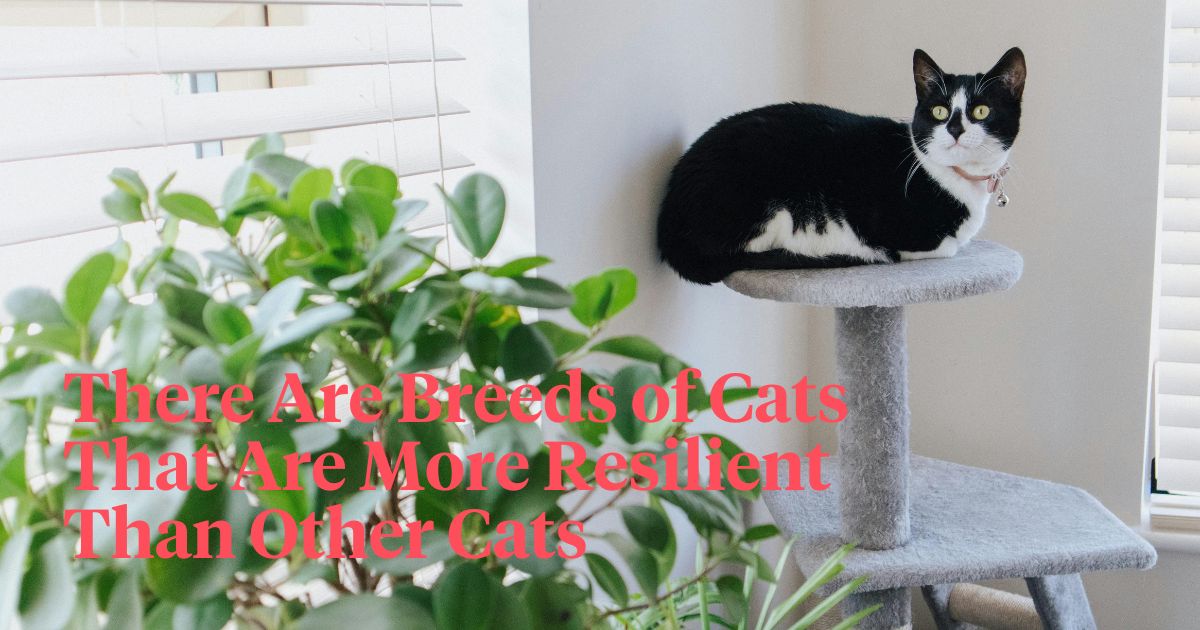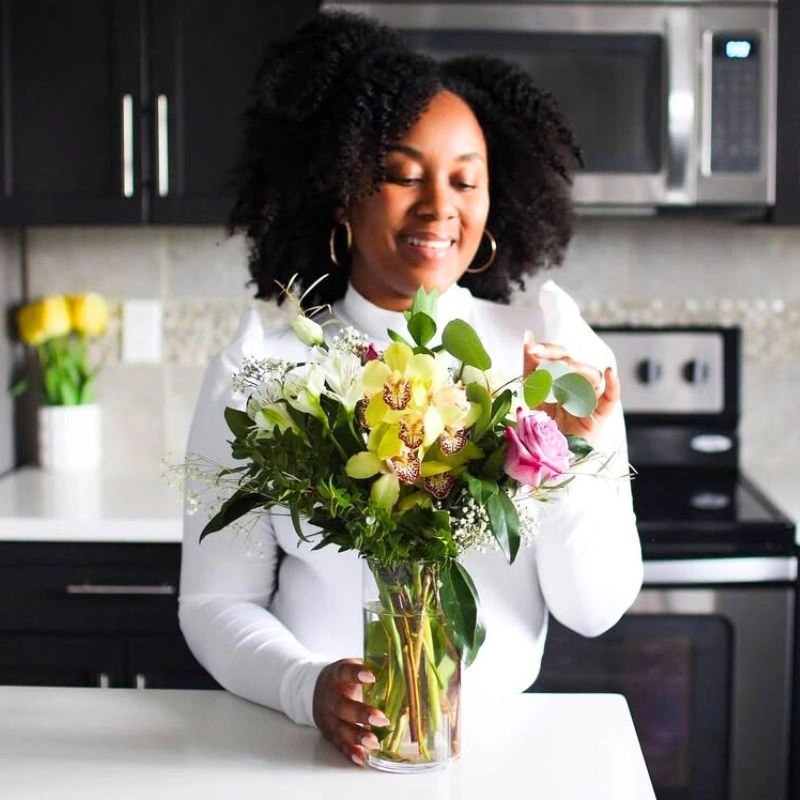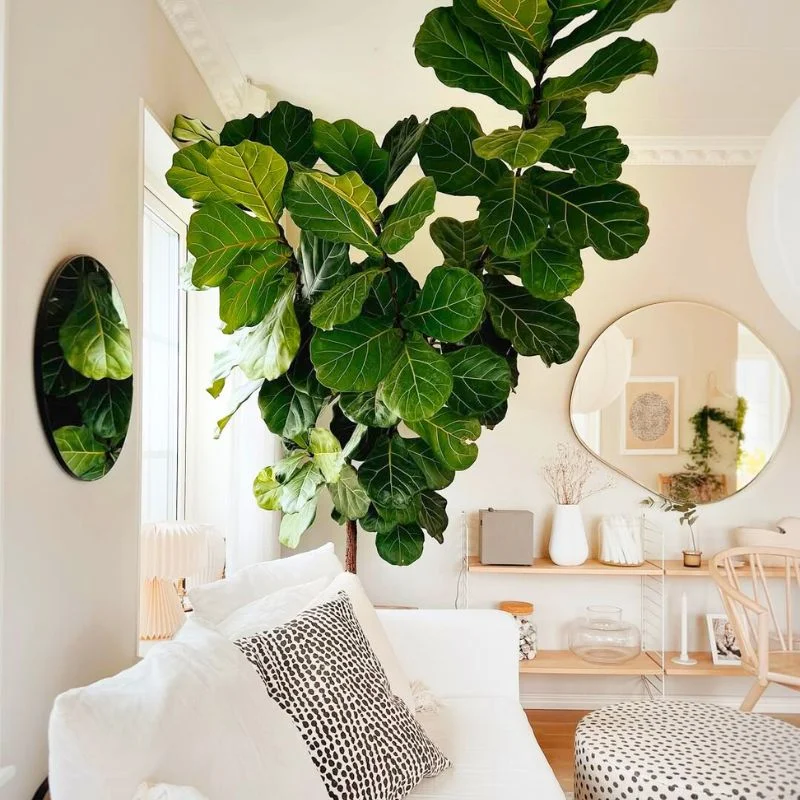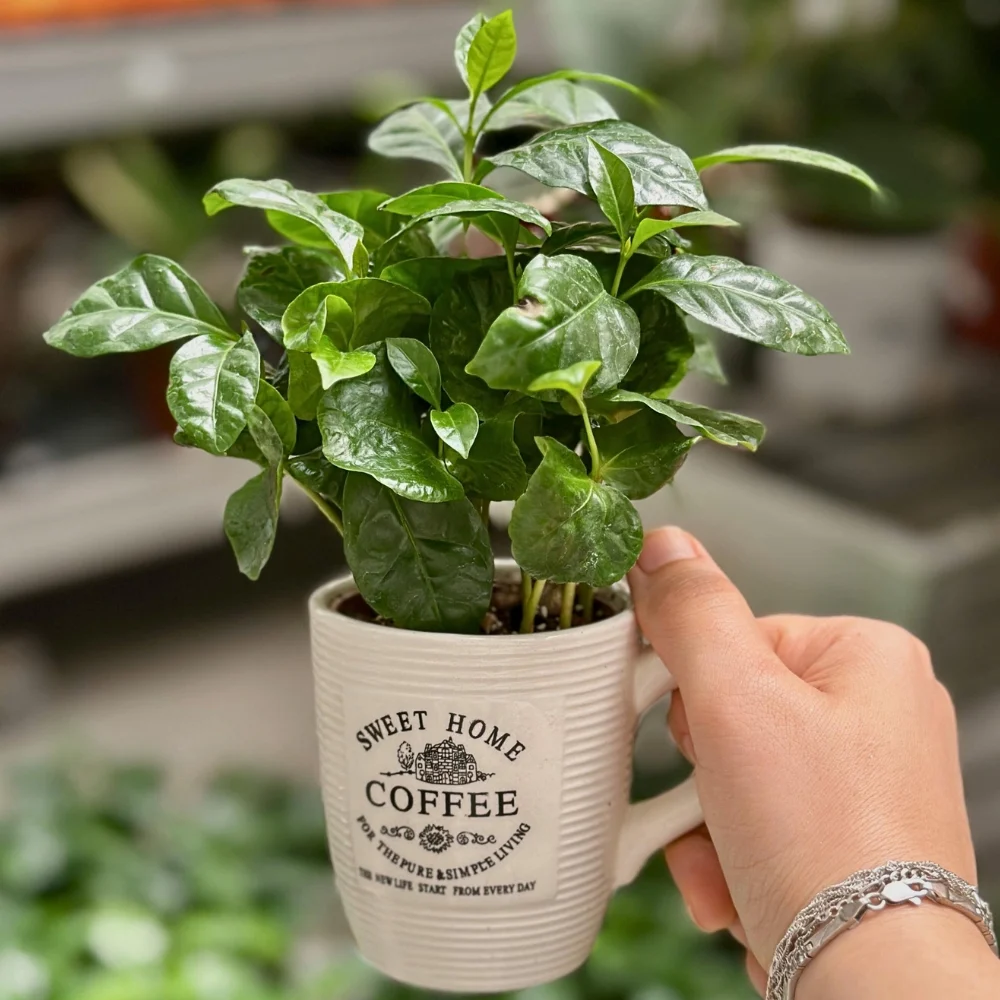When you notice that your cat is behaving strangely, and you don’t know why that is, it might be because it ate something bad, or it might behave strangely because it ate a part of one of your houseplants which you didn’t know were toxic to cats.
Cats don’t tend to be poisoned by toxic indoor plants that often, but if you have one of the plants mentioned in this article at home, you might want to move them to somewhere where your cat can’t reach them. But, let’s first see what breeds can endure something like this.
Resilient Cat Breeds
We can’t be sure that there are breeds of cats that are more resilient than other cats, but as we can observe in dogs, birds, and even cattle, there are some healthier than others and with inherently better immune systems.
So, the Maine Coon, and the Siberian cat are well-known for their robust immunity. They might not be directly immune to the toxicity of indoor plants, but their robust immune system might help them recover faster.
Cat DNA analysis can tell you if your cat is a more resilient breed according to these observations. But, it can also vary according to the age of the cat, the overall health, and the general genetic predispositions. Nevertheless, let’s see which plants are toxic.
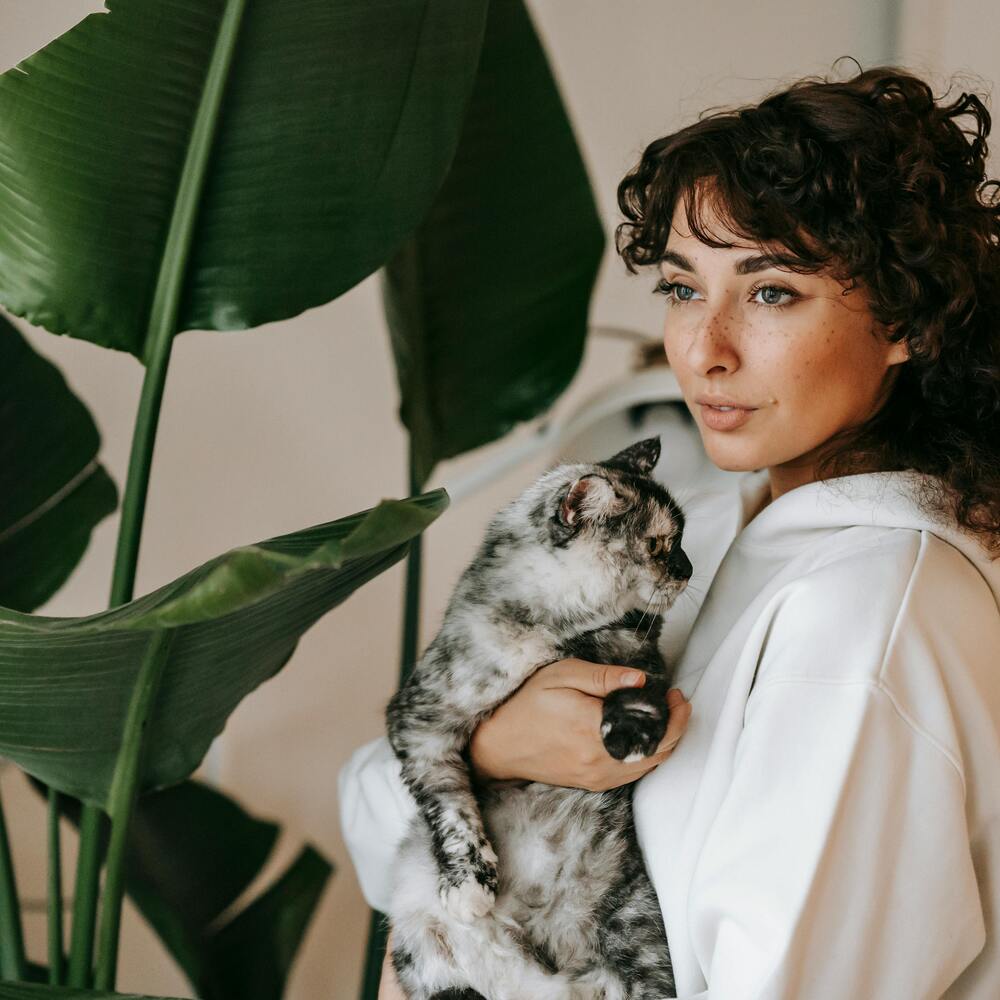
The Most Toxic Lily
It certainly is a beautiful flower, but it is highly toxic to cats. The Lilium Longiflorum affects the cat’s kidneys. If your cat ingests any part of the plant or even takes a few sips of water from the vase, it may suffer severe kidney damage and even fatal kidney failure.
If you notice your cat vomiting, being lethargic, having a loss of appetite, urinating more frequently, and being dehydrated, check your plant, and take it to the veterinarian’s as soon as possible. An early intervention might help prevent more serious conditions.
Tiger Lily
It’s best to avoid these Lillies as well because they’re as toxic as the Easter Lily. They cause kidney failure as well if the cat ingests any part of the plant and is not admitted to immediate care by the veterinarian as soon as you notice strange behavioral patterns and symptoms like vomiting, lethargy, and increased urination.
Philodendron
This is one of the more popular houseplants, a very common one indeed. But it has calcium oxalate crystals, and these crystals can cause terrible issues if a cat ingests them. The crystals are microscopic, and they can be found in all parts of the plant. So, if a cat eats it it will feel:
- Oral irritation: You might notice that your cat is drooling more than usual, or they’re rubbing their face more often because their mouth is irritated.
- Swelling: The cat will probably feel some swelling, the lips will swell, maybe the tongue, and possibly the throat. It might even lead to difficulty breathing.
- Swallowing difficulties: Because of all the swelling, there’s going to be a lot of difficulty swallowing. You’ll notice this in a short period, and at that point, please contact the veterinarian.
- Gastrointestinal symptoms: If you notice your cat experiencing vomiting, diarrhea, and abdominal pain, you need to call the veterinarian ASAP.
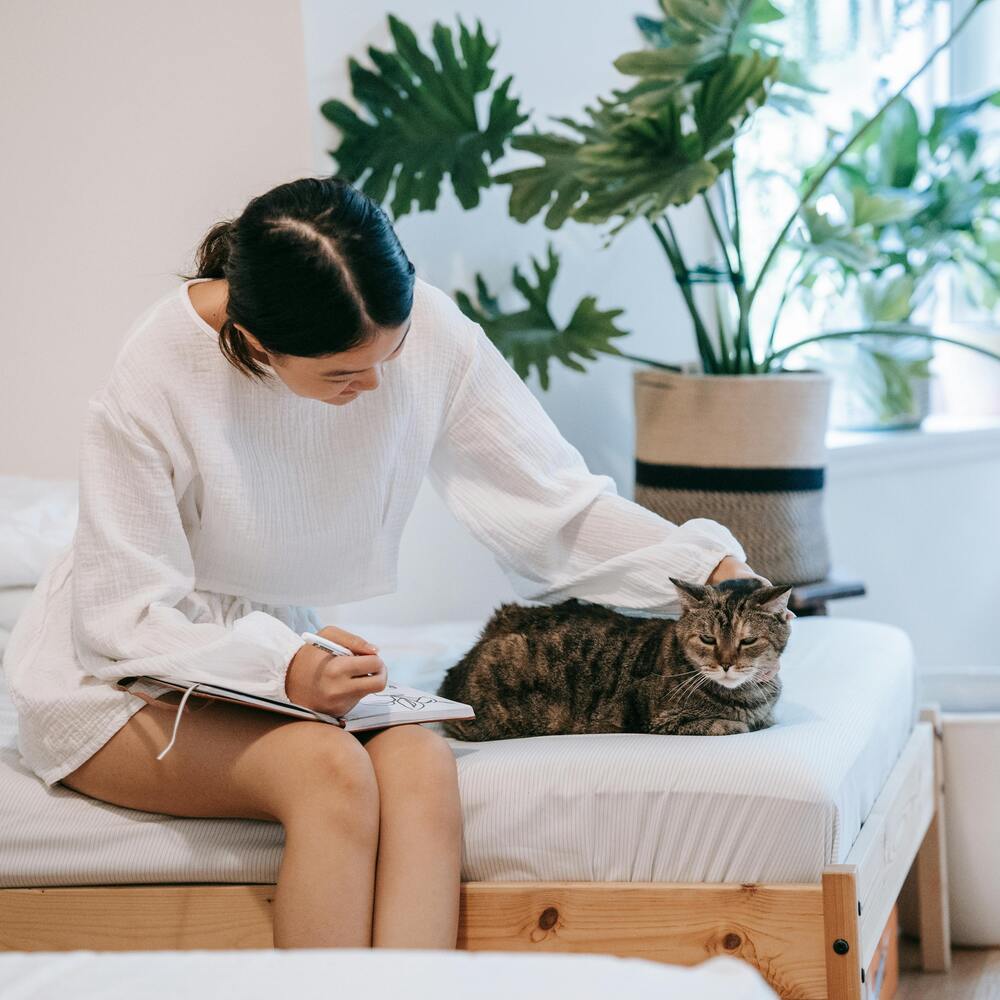
Dieffenbachia
Dieffenbachia is a very common plant as well, and it contains the same oxalate crystals as the Philodendron. So, the symptoms will be the same, and if you notice any of them, call a veterinarian.
Aloe Vera
Aloe Vera is known for all of its health benefits, and it’s used to treat the skin and conditions like burns. But, it can be very toxic to cats. The toxic part is the latex beneath the outer skin of the leaves.
So, if you have this plant, and you have a cat, watch out for symptoms like vomiting, diarrhea, lethargy, and loss of appetite. If you notice any of these, go to your veterinarian as soon as possible before it becomes too late.
Conclusion
There are very common indoor plants that are toxic to cats, and there’s a good chance that you have one of these at home. Be sure to watch out for symptoms like vomiting, loss of appetite, and increased urination in your cats. If you notice it, take your cat to the veterinarian.

